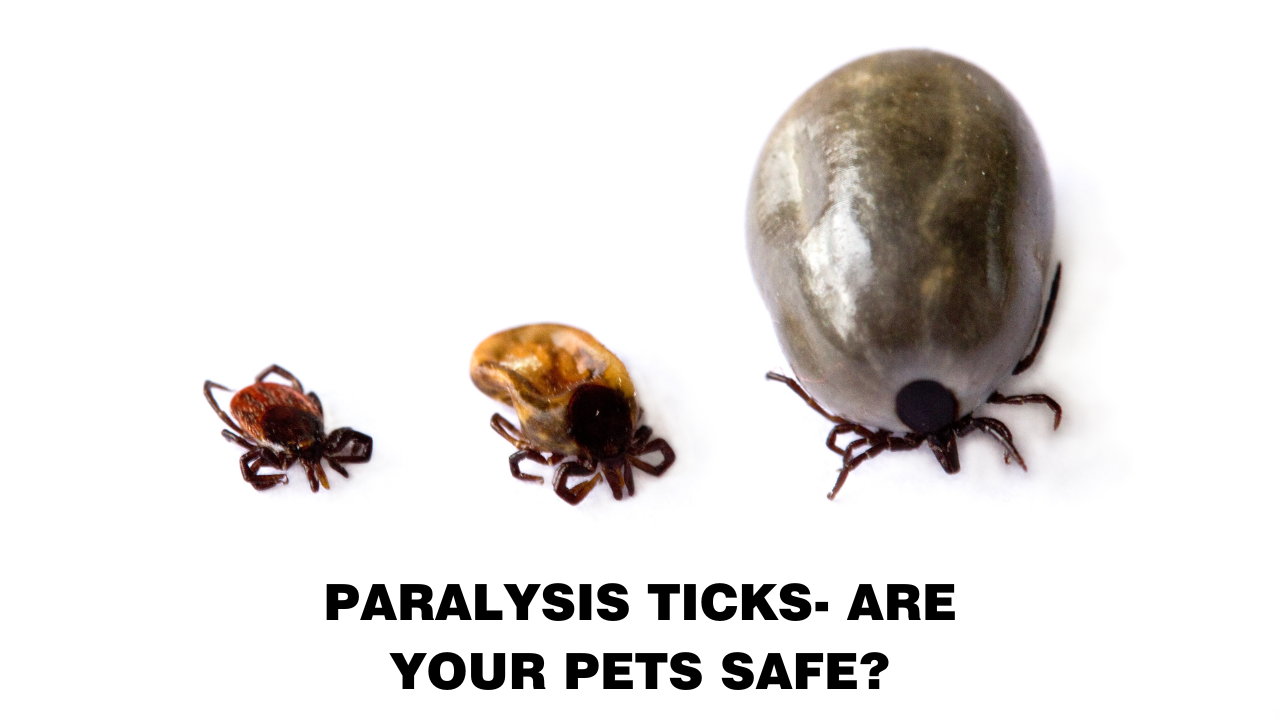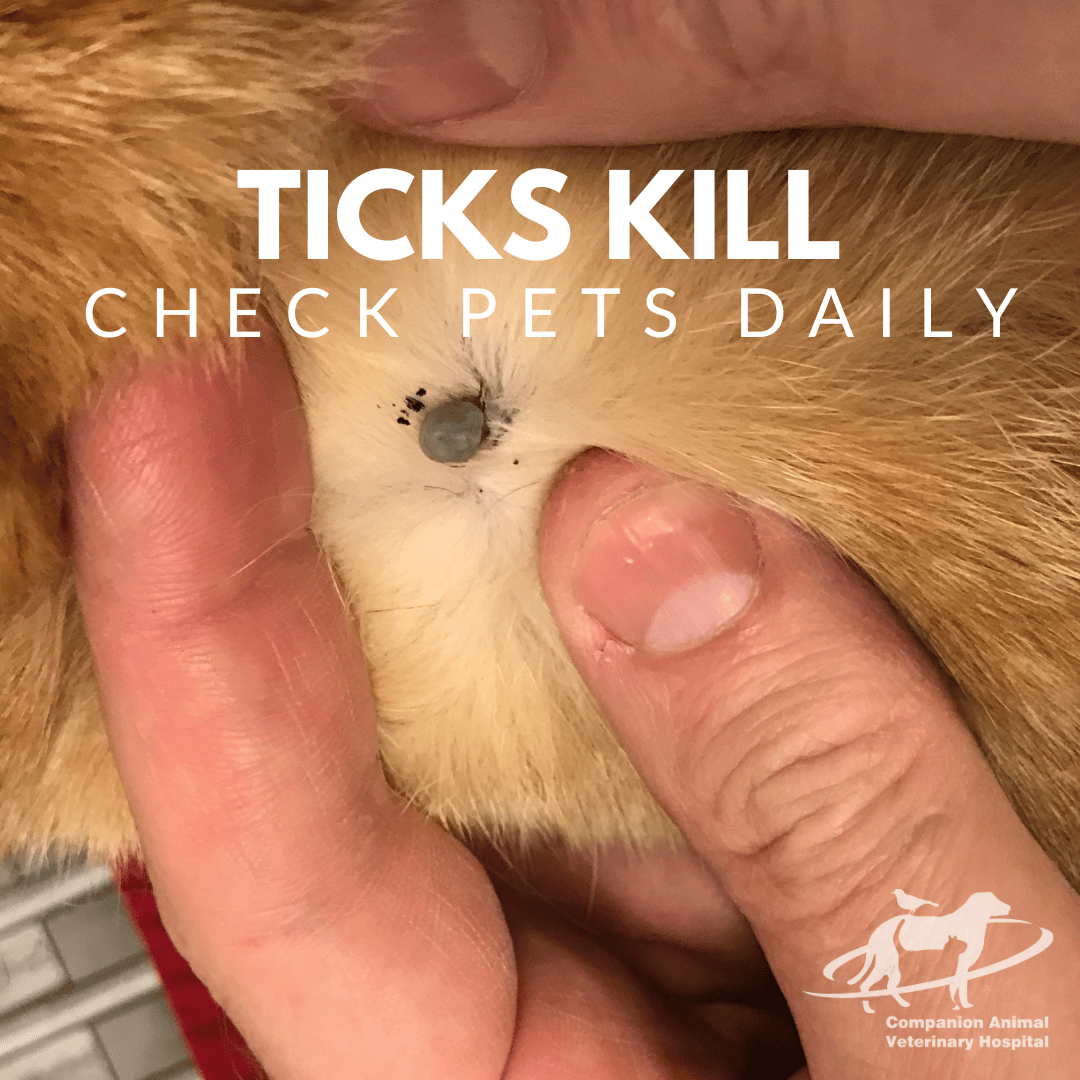Hello, pet lovers! It’s Matt from Companion Animal Veterinary Hospital. Today, we’re addressing a critical issue for pet owners living on or visiting the east coast of Australia – the deadly paralysis tick. Let’s dive into the three key things you need to know to protect your beloved pets.
Understanding the Paralysis Tick
Paralysis ticks are small but dangerous creatures that attach themselves to your pet’s skin, feeding on their blood and injecting a potent toxin. This toxin can cause severe paralysis and, if left untreated, can be fatal. These ticks are particularly prevalent in areas with long grass and can even be found in your backyard.
Three Steps to Protect Your Pets
- Know the Signs: The toxin from paralysis ticks causes a progressive paralysis of the muscles. Watch for symptoms like weakness, a wobbly gait, coughing, gagging, vomiting, changes in bark, difficulty breathing, collapse, and in cats, choking. Early detection and treatment are crucial.
- Use Tick Prevention Products: There are several effective products available for dogs, such as Bravecto and Simparica. Bravecto comes in chewable form or as a spot-on treatment, providing three to six months of protection. Simparica is a monthly tablet. For cats, Bravecto spot-on, applied every three months, is a great option. These products work by entering the pet’s bloodstream and killing ticks before they can inject enough toxin.
- Perform Daily Tick Checks: Regularly check your pet for ticks, especially if you’ve been in areas prone to ticks. Feel through your pet’s coat from head to tail, paying close attention to the head, neck, ears, legs, armpits, groin, and around the genitals and anus. If you find a tick, remove it immediately. Remember, even if you use prevention products, daily checks are essential as no method is foolproof.
Removing a Tick
If you find a tick on your pet, remove it as soon as possible. You can use your fingers or a tick removal tool. Don’t worry too much about leaving the head in; a half tick is a dead tick. After removal, monitor your pet closely for a few days for any signs of tick paralysis.
Conclusion
Living in or visiting the east coast of Australia means being vigilant about paralysis ticks. By understanding the signs, using preventive products, and conducting daily tick checks, you can significantly reduce the risk to your pets. Remember, early detection and treatment can save lives.
Get our tick identification and location chart from the link below. If you have any questions or concerns about ticks and your pets, don’t hesitate to reach out to us.
Stay safe and keep your pets healthy and happy!
Cheers, Matt
PDF FilesOpen configuration options






